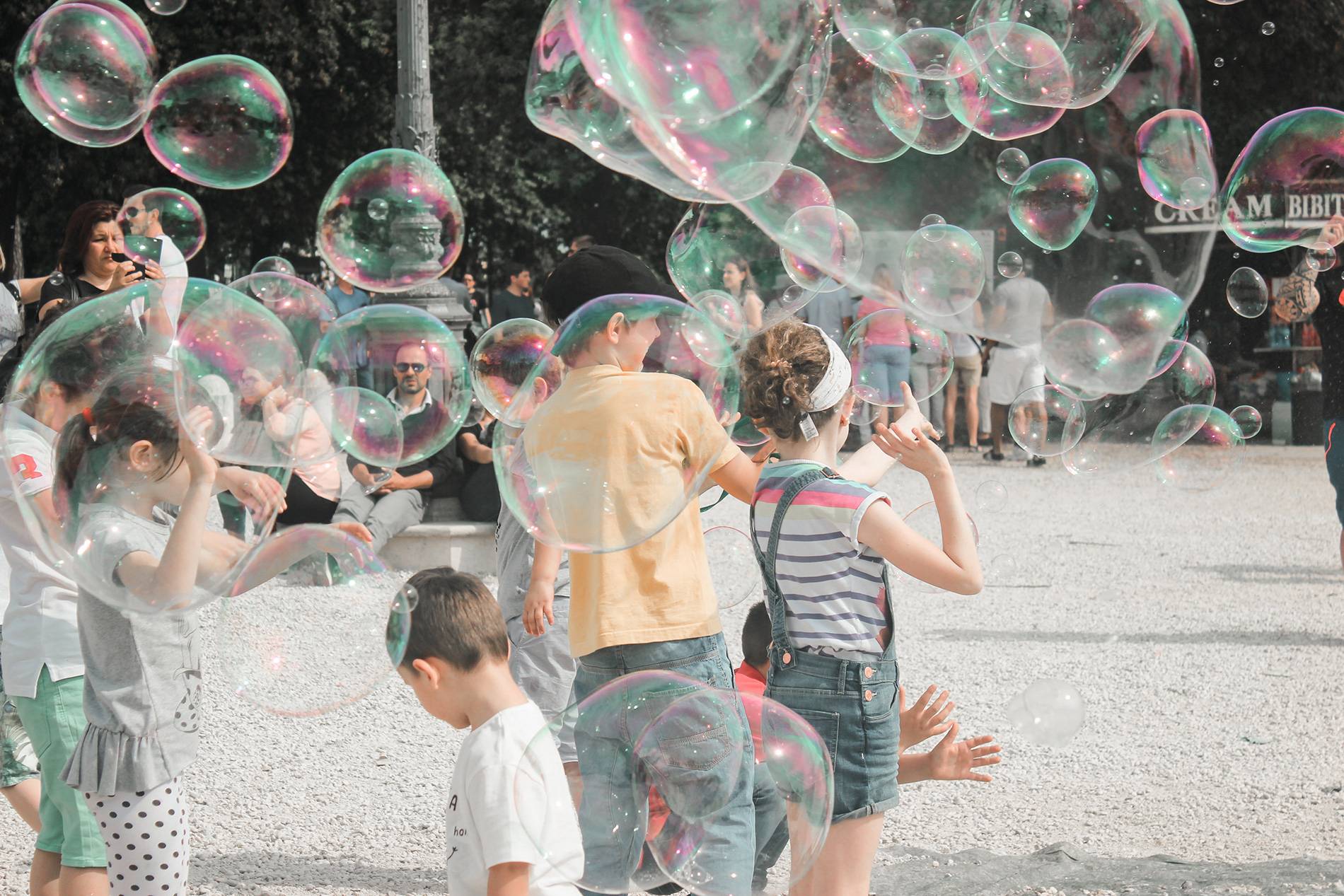Remember playing as a kid? The carefree hours of your childhood spent being unknowingly creative, devising plans, and overcoming the tricky challenges of your imaginary world. Well, we may have been on to something. Imagine bringing back that playfulness and integrating it into your learning as a full-fledged adult. Here, we talk to Hyper Island’s leaders who reflect with purpose on the impact learning through play can have on boosting creativity, collaboration, and a motivational mindset.

Kevin Sanikidze, Program Manager at Hyper Island
format_quote“The key is not to push as much content as possible through the screen, but to make sure that the content you share is well-understood and the students are engaged! I am very confident to state that education should be entertaining as well.”
Connect with Kevin on LinkedIn.
Adopting learn to play to adapt
During the past year at Hyper Island, most of our two dozen programs (on-site, hybrid, and fully online) were delivered remotely. It was a challenge for everyone, and I was no exception.
format_quote“But in these situations the key is to embrace the new status-quo. I did not resist the remote work movement, I did not swim against the stream.”
This change was long coming and the pandemic only accelerated the pace. Therefore, I tried to adapt.
For us program managers, that meant adopting many changes in order to adapt to the new environment. One can not simply digitize physical activities and see it as suitable for an online program. All activities need to be thought through. Educational activities should, of course, be educational, but they also need to be human centric—taking human needs into consideration.
Learn through play activities in our Upskill programs
Upskill programs are still new in the Hyper Island program portfolio as we launched the very first edition in late 2020. Upskill students are usually currently employed, but would like to improve their skills on the side, or would like to gain new skills and transition to another industry, or improve their employability chances in the post-pandemic world.
The students study both remotely and part-time and meetups are planned at various points throughout the year. Usually these are done in person, however in the current reality they are also being done remotely.
Earlier in 2021, my colleague Jenny Bergman, a program manager of two upskill programs, invited me to co-facilitate a couple of these meetups for her UX Designer and Business Developer with Digitalization and Sustainability Focus classes. When designing these, we knew we wanted the students to get to know each other better since they do not meet each other much besides their digital workshops. We also wanted them to learn something new, to have fun, to actively participate, and to feel included.
format_quote“Our objectives were many. It was here that an idea was born to offer students an activity that blends their physical and digital realities.”
“Household Rainbow Challenge”
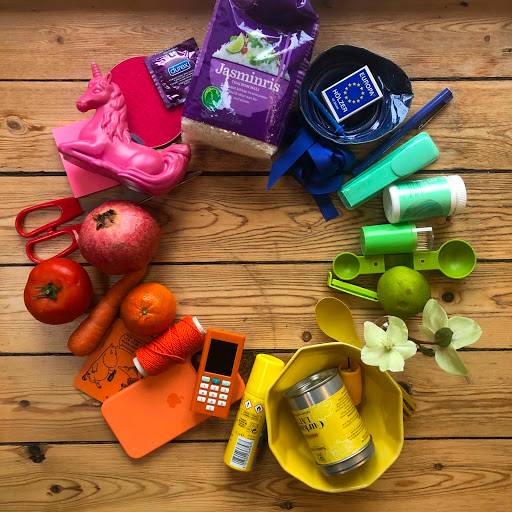
Image by Jamie Harris, Business Developer with a Digitalization and Sustainability Focus
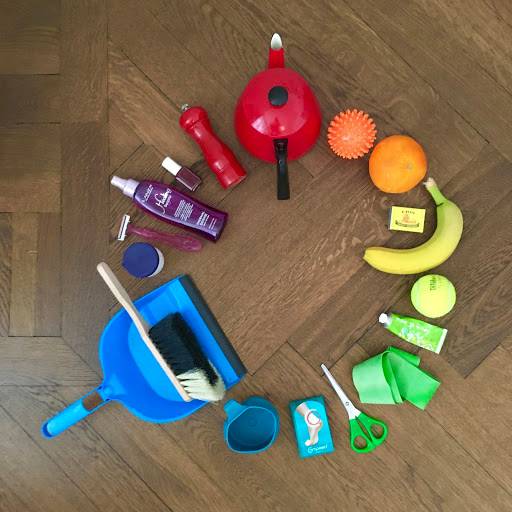
Image by Jenny Farmare, UX Designer Upskill
The outcome turned out to be a learn through playing activity that I later named the “Household Rainbow Challenge”.
It goes something like this:
Step 1: Remote session participants are given 15 minutes to create a rainbow using the items they find at home. They have limited time so they need to act quickly and be creative.
Step 2: Use physical and colorful objects collected from their households, which serves as a great time away from the screen. Fruits and vegetables tend to be a good solution for many! The only limitation we set is not to use the same object in multiple colors, for example, a set of pencils. That would be too easy!
Step 3: Place everything in the right order and upload a photo for everyone to see.
Besides getting the participants to move around and feel energized, the household rainbow challenge is also a great way to get to know people better. The items they pick and include in their art tells a lot about the author than one could think. Among all the objects, I saw kids toys, yoga mats, tennis rackets, a Buddha statue, and baking utensils to name a few!
This learn to play activity was born with very specific objectives in mind (blending virtual and physical realities), and has recently become a go-to activity for other upskill classes. This is just one example that we as program managers at Hyper Island do as part of our mission to constantly ideate, innovate, and create to deliver experiential learning.
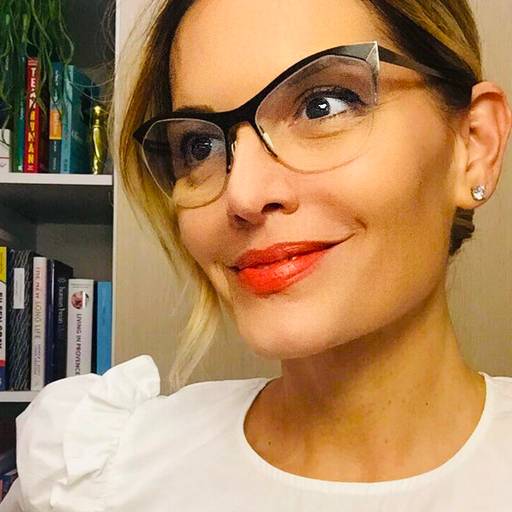
Dawn Hoenie, Chief Methodologist at Hyper Island
format_quote“Play also releases those mood-boosting endorphins that can help us to feel more energetic and happy!”
Connect with Dawn on LinkedIn.
Learning to make sense of the world
Learning through play is how children learn to make sense of the social world. Through play, children develop cognitive and communication skills, learn to manage their emotional states, and gain self-confidence. It’s a key way that many children explore, experiment and understand. Play is not only physical, it can involve cognitive, imaginative, creative, emotional and social aspects. Studies show that childhood play also improves memory and stimulates the growth of the cerebral cortex.
Play facilitates our creativity, critical thinking, and teamwork. The benefits of play are wide, though we often give up play in our adult life and tend to become more serious.
That said, play is not only key for children; it can also be the fuel for energizing as well as relaxing adults. Playing with your friends, loved ones, pets, children, and co-workers, is a great way to fuel your imagination, creativity, problem-solving abilities, and emotional well-being. Adult play also encourages people to be social in a fun and creative way.
Play at work
Here are a few of the benefits you can reap by doing some playing at work:
- Recharge your mind and body
- Foster creativity and innovation
- Improve function under stress
- Promote teamwork
- Trigger creativity and innovation
- Support creative problem-solving
Top learning through play ideas for leaders
By encouraging play as a leader, you are able to support a connected, creative, curious, learning, and innovative work culture that in turn encourages colleagues to innovate/do/make together.
Let’s look into this a little deeper.
Encourage creative thinking by creating learning opportunities that include play
At Hyper Island, we’ve played around a lot with creative activities to utilize learning opportunities. Here are a few learn by play ideas:
- Host digital escape rooms to learn about growth-mindset, data, teamwork, etc.
- Host murder-mysteries to learn about data, platforms, technology, and tools)
- Build things together on digital whiteboards to learn about teamwork, learning together, implementation, and reflection
Resources: Miro/Mural digital whiteboard, Kanban pizza game (to learn about principles of agile/lean).
Engage in role-play for learning scenarios
For example, where participants can take on the role of an idea, theory, or persona and the others engage in the role-play. This should be followed by a group reflection and/or discussion to allow for exploration of content and ideas.
Try storytelling, not to create fiction, but to reveal what is truly important about the topic
The importance of storytelling has a long history of sense-making and exploring ideas, and is a powerful cognitive tool we have to engage our imagination and make learning meaningful for learners.
Promote opportunities for some fun social interaction among coworkers
At Hyper Island, we have an online dance party on Friday mornings at 08.30 with DJ Jimbo (also our in-house Sales superstar) to kick off our day. It’s filled with connection and energy, and also helps us to celebrate the achievements of our working week.
Inspire colleagues to get away from the computer and move the body
Ultimately, encourage your team to spend time together. One idea we like is to have a walk and talk. We encourage each other to not only talk about work, but also to share something sensory based (i.e., what we see, feel, hear, smell) in order to promote connection, well-being, ideas, and play.
Learning through play can be applied in various forms across many organizations. Whether it comes from total imagination or real-case scenarios, innovation and learning by doing can always be put into a real-world context. Through play, inventive thinking can unfold, possibilities emerge, and imagination and reality connect in practical ways.
Now ask yourself this: how might you enable learning through play in your team(s)?
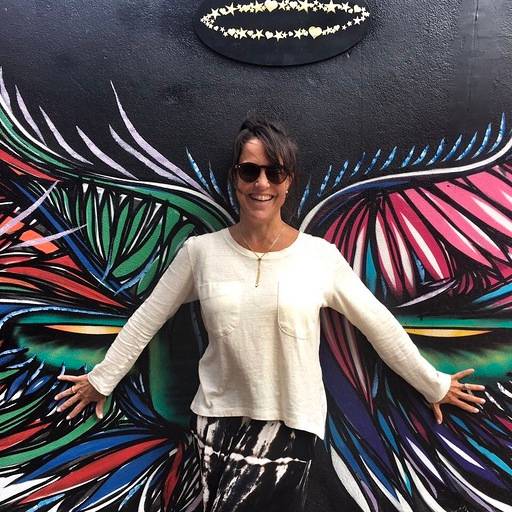
Veronica Magarinos Turner, Facilitator & Business Leader at Hyper Island
format_quote“In the quest to create the ultimate learning environment to enable individuals to acquire knowledge and new behaviors, it appears that play has a big role.”
Connect with Veronica on LinkedIn.
Early-years entrepreneurs
I remember vividly when I was around eight or nine years old, a friend of mine came over to play. After the usual greetings we’d ask the question: “What do you want to play?” It could have been anything from setting up shop in our front garden to exchanging comic books and other magazines with passers by and neighbours. Other activities included playing house or making and selling perfume made from water and petals from my mum’s roses.
I can recall the feelings in those moments; the almost magical, hopeful, and trusting openness mixed with curiosity and a heightened sense of engagement. A naive disregard for any given outcome quite possibly because when we’re in play mode, we tend to be very present, and our attention and focus on the here and now. It felt as though nothing else existed—this was our whole world.
That’s playfulness for me.
Using playfulness to enhance learning
We can all agree that continuous learning is the new competitive advantage, which makes sense because how else would we navigate constantly changing environments? However, there is nothing new about this, human beings have always been learning, right from the beginning of time. That’s how we survived and thrived.
format_quote“It’s just that now the learning curve got extremely steep as change accelerated, and we need to become more purposeful, deliberate, and picky in our approach to it.”
In the quest to create the ultimate learning environment to enable individuals to acquire knowledge and new behaviors, it appears that play has a big role.
It’s been a while now since the gaming industry realized that playing accelerates learning, teamwork, and the acquisition of a whole roster of skills, including strategic thinking, creativity, and collaboration amongst other important cognitive and emotional elements that play a fundamental role in the learning process.
Let’s bring in a little neuroscience to help us understand why learning and playfulness are so intimately linked.
What happens in our brain when we want to learn something?
Learning something implies that you’re acquiring the knowledge or the knowhow of something you didn’t know up until that point. It may not be a very ‘comfortable’ place to be in since we usually derive security, confidence, and identity from what we know.
Our brain wants to spend as much time as possible in reflexive mode, doing things that come easy without much energy investment, with our attention acting mostly as a diffused light—not particularly focused on anything specific.
format_quote“We always knew that learning wasn’t all fun and games; it includes an element of effort and work. Acknowledging this can help us keep on the lifelong learner pathway rather than lifelong quitters.”
To learn, we need to focus. The thing is that when we decide to focus, our brain switches on a set of circuits that involve the frontal cortex and other elements to try to understand what the neurologist, Andrew Huberman, calls DPO (Duration, Path, Outcome). Ultimately, this emcompasses how long the task will take, how you’llI carry it out, and the end result. Take the current COVID-19 pandemic for example, our brains are full-on running DPOs assessing situations to desperately grasp the extent of the work it needs to do.
As we work to bring our brain to focus, it runs this assessment, and adrenaline is secreted in the brainstem and body, which brings us into a state of alertness, slight discomfort, anxiety and agitation.
The science behind playful learning
When author Carol Dwek was researching for her book, Mindset, she studied a group of kids that were very good at solving maths and puzzles. These kids were enjoying themselves doing the problem sets that they knew they couldn’t get right. The process of solving them was engaging and fun to them.
It comes much easier to children where play is an important component. As we grow older and activities are less ‘fun’, our adult brains have to work very hard to change the algorithms learned. However, if we manage to bring alertness and focus together, then the neurochemicals converge to mark the synapsis for learning.
format_quote“The agitation and stress you feel at the beginning of the process when you are trying to lean into something and cannot focus is a gate you have to pass through to get to the focus component.”
If you persist, you will feel rewarded and begin feeling joy and low levels of excitement.
Play and learning are intimately connected in the form of circuits of neurotransmitters that are triggered at different points in time, putting in motion processes of neuroplasticity, i.e., changes in our brains in response to experience.
Adrenaline helps you feel good even if you’re making a big effort, as it rewards you for staying on the path you think is the right one. If we persist and manage to stay on the learning path after the agitation and stress phase, the reward pathways involving dopamine step in. Another reason why dopamine is so powerful in this process of neural plasticity is that it has the ability to buffer adrenaline, meaning that its presence avoids adrenaline to reach a certain threshold, at which point the brain will say, “that’s it, I quit”. Dopamine keeps adrenaline at bay and keeps you going.
So, by slogging through the portal of agitation and stress into a state of alertness and focus to acquire the knowledge, you shall be rewarded by a shot of dopamine.
Dopamine evoked through play and humor
Have you ever been part of a team, working like mad, maybe finding yourself in the worst situation and somebody cracks a joke, and all of a sudden, it’s like you have energy now that you didn’t have a second before? A kind of loosening or a lightening up takes place. That’s neural energy—its dopamine.
Dopamine keeps us coming for more; more of this internal reward, and it’s rare that we forget events associated with dopamine because they signal to us that whatever’s happening now is good! In turn, we’ll likely remember what we learn in a playful environment.
We must also bear in mind how fundamental deep sleep and rest are because neuroplasticity (which enables learning) is triggered by intense focus, but it occurs during deep sleep and rest.


